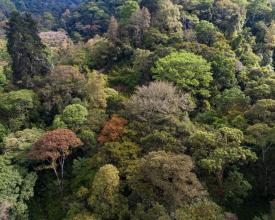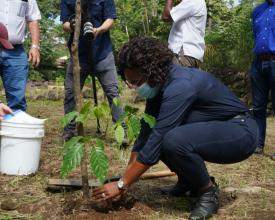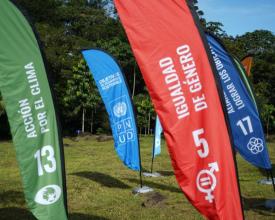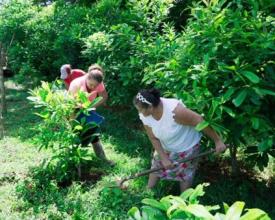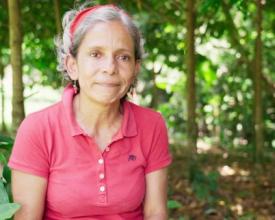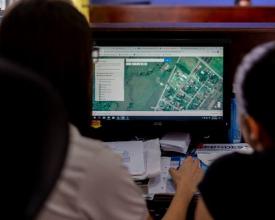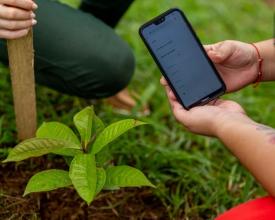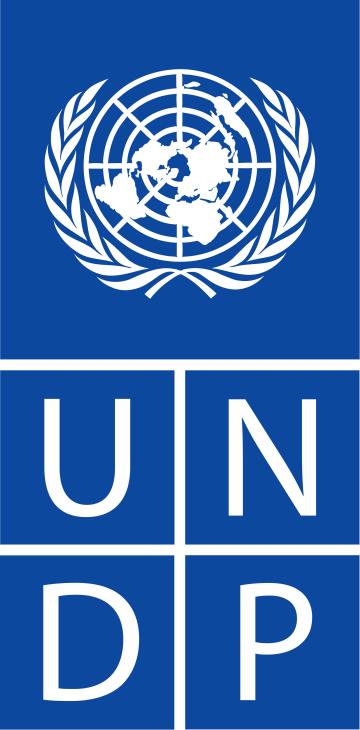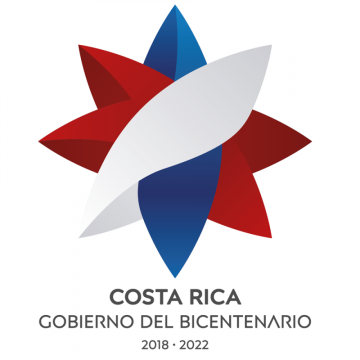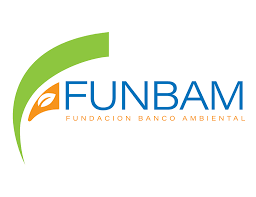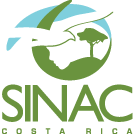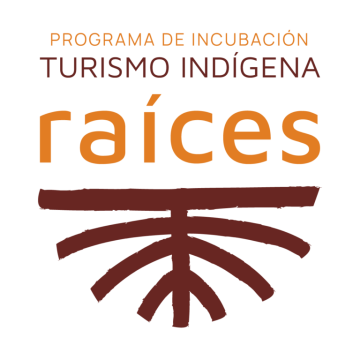
Footprints4ourFuture: Una campagna di crowdfunding per la riforestazione sostenibile e la creazione di posti di lavoro in Costa Rica
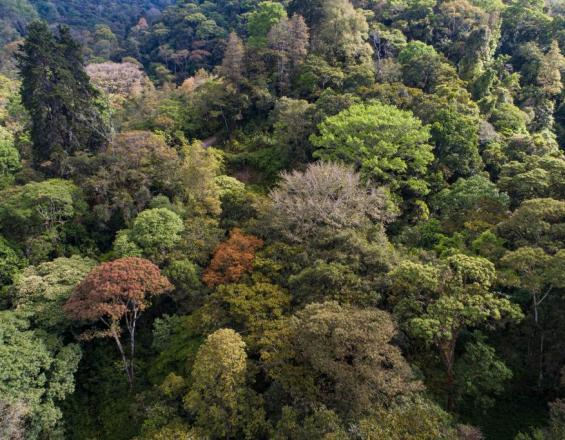
In Costa Rica, la campagna di crowdfunding "Footprints4ourFuture" (Huella del Futuro), lanciata da BIOFIN e guidata dal Vicepresidente, ha raccolto 1,7 milioni di dollari USA per ridurre la disoccupazione aggravata dalla COVID-19, ripristinando al contempo gli ecosistemi e riforestando le terre vulnerabili di proprietà pubblica. Con l'approvazione del primo programma di incubazione in Costa Rica per il turismo sostenibile nelle aree indigene, "Raíces", da parte del Consiglio direttivo della Banca per lo Sviluppo Sostenibile, sono stati mobilitati in totale 577,5 milioni di dollari, di cui 168,5 milioni di dollari per l'edizione 2022 di Raíces, 345 milioni di dollari per il Programma CRE-C e 64 milioni di dollari per il portafoglio del turismo sostenibile nei Corridoi Biologici. Il programma mira a mobilitare fondi attraverso la piantumazione e/o il ripristino di 200.000 alberi e 5 anni di manutenzione, a monitorare la sua attuazione, a sistematizzare l'apprendimento e a istituzionalizzare il meccanismo finanziario.
Processo
Blocchi di costruzione
Combining a variety of donation options and marketing strategies to promote contributions
Donors can contribute to the campaign through different packages/amounts: “My Footprint” (one tree for 15 USD), “Family Footprint” (10 trees for USD 150), “Small Business Footprint” (100 trees for USD 1,500), and “Corporate Footprint” (1,000 trees for USD 15,000).
These packages can be purchased on the campaign’s website, that launch to a national account for FUNBAM. It is also possible to contribute by directly making bank transfers to an account in dollars or Costa Rican colones, or quickly donate using SINPE Móvil, the country’s instant mobile money transfer system. Companies and organizations, as well as Embassies made the transfer through this modality under a signed agreement with FUNBAM (the executing agency). Initially, it was also possible to donate through UNDP’s international platform, which was later removed since outreach activities were nationally focused.
Moreover, through a partnership with the corporate hardware store Ferretería EPA, customers in seven physical stores are invited to donate their spare change and complement to plant a tree, reaching those who may not have been initially aware of the campaign.
Finally, for the 1,000-tree corporate package, meetings were arranged with potential partner companies to encourage collaboration. Embassies such as Spain, Italy and others also used this modality.
Fattori abilitanti
The effective promotion of the campaign has gone hand in hand with the success of these various donation platforms. The marketing strategy has included social media, Google and TV ads, as well as support from the national television program Más que Notícias through specials and interviews.
The availability of technology, human expertise, and funding to sustain the online donation platform are other enabling factors.
Lezione imparata
- It is important to align the campaign with larger impact, policy or institutional goals (in Costa Rica, to achieve 60% forest cover by 2030).
- Engaging high-level champions, such as former Vice President of Costa Rica Epsy Campbell, fosters mobilization for the campaign.
- Delivering with credible public organizations (FONAFIFO, UNDP) contributes to building public trust in the campaign.
- It is fundamental to include measures for transparency and traceability of funds and results (georeferenced trees, and donor and results report).
- Comms, comms, and more comms support campaign’s success:
- Clear graphic design throughout the campaign (logo, social media, life stories, press, presentations, face masks, videos, storyline, and alliances).
- Investment in a designer, a PR specialist, and dedicated time for campaign execution.
- It is necessary to effectively mobilize resources through a diverse outreach and marketing strategy with target audiences:
- The donation page by itself is limited in mobilizing donations. It is more effective to engage funds, bilateral donors, and private and public companies through one-on-one meetings and interactions.
Using funds to improve the living conditions of vulnerable populations while promoting tree planting and ongoing maintenance in an integrated way
Funds raised were used both to cover reforestation costs and to create hundreds of green wages and jobs. On the one hand, Costa Rica aims to reach 60% of forest cover by 2030, and seedlings require ongoing care to ensure they survive and thrive. On the other hand, the socioeconomic conditions of already vulnerable communities in the northern region of the country worsened with the COVID-19 pandemic.
#Footprints4ourFuture addresses these two challenges in an integrated way. Each tree planted comes with a five-year maintenance plan to ensure its survival. This plan is implemented by local workers who plant and prune trees, improving the living conditions of vulnerable populations and providing a sustainable source of income beyond the period of the pandemic. This approach also contributes to raising local awareness and promoting community ownership of reforestation efforts.
Fattori abilitanti
Community interest and willingness to carry out green jobs, along with the long-term availability of funds for the five-year maintenance plan, are key factors for success.
Lezione imparata
Biodiversity conservation and restoration initiatives have a higher likelihood of success when combined with financial support for vulnerable participant populations. This approach allows initiatives to address both socioeconomic and environmental issues simultaneously, besides encouraging local community participation and fostering openness to environmental education.
Furthermore, reforestation and other environmental activities should prioritize ongoing maintenance, as it ensures that the initial investment yields long-term results.
Multi-stakeholder partnerships for effective campaign design and gender-responsive implementation
The crowdfunding campaign is based on multi-stakeholder partnerships, which have enabled its effective design and helped target those most in need.
UNDP BIOFIN supported the conceptualization, development, and implementation of the campaign, in addition to engaging in technical and political dialogues and conducting presentations with potential donors. FUNBAM hosts the operations of the campaign within its structure. Other co-creation partners are the MINAE, responsible for issuing environmental licenses, and FONAFIFO. By leveraging this pool of diverse capacities, the campaign has been effectively designed, successfully attracted donors, and able to operate on Costa Rican public lands.
When it comes to implementation, it was identified that women, especially those heading households, were particularly affected by COVID-19. Therefore, the distribution of funds collected through the campaign is built on strong local community and gender-based principles. Green jobs for planting and maintenance activities are currently provided through collaborations with 17 implementing partners, nine of which are women-led local organizations.
Fattori abilitanti
Enabling factors include the willingness of partners with diverse capabilities to join the campaign and contribute their expertise, access to local communities and the development of a relationship of trust, and the prior assessment of local needs to ensure that the campaign is designed to address them effectively.
Lezione imparata
Multi-stakeholder partnerships, involving both private and public sector actors, are crucial for enhancing the effectiveness of crowdfunding campaigns, especially those targeting public lands or large-scale projects such as reforestation.
Innovative tools for monitoring tree planting and maintenance
The solution includes an online map on #Footprints4ourFuture’s website, through which it is possible to monitor tree planting and maintenance. This innovative tool was developed by a group of young women from the north of Costa Rica. It provides data on the number and location of trees planted, including their species, planting date, and care detail. By enabling contributors to locate their specific tree on the map, the tool enhances transparency and accountability, potentially encouraging adherence to the campaign. It also provides valuable information for the monitoring and evaluation of #Footprints4ourFuture.
Fattori abilitanti
Enabling factors include the availability of funding and technological support for maintaining the tool. Moreover, the map’s ability to enhance accountability and transparency depends on contributors’ being aware of its existence and using it to track progress.
Lezione imparata
Monitoring and evaluation tools are essential to engage donors and partners, besides ensuring that the project stays on track to achieve its intended impact, and enabling timely adjustments if needed.
Impatti
Il programma Huella del Futuro #Footprint4ourFuture mira a mobilitare risorse affinché gruppi, organizzazioni e individui possano continuare il loro lavoro e aumentare il loro impatto. Il programma mira a promuovere
- Cattura del carbonio
- Protezione delle risorse idriche
- Conservazione della biodiversità
- Valorizzazione della bellezza paesaggistica
- Approvvigionamento alimentare
- Generazione di posti di lavoro e opportunità imprenditoriali
- Circa 157 posti di lavoro diretti nei primi 5 anni
Ad oggi, sono stati dimostrati diversi impatti positivi:
- Mobilitazione di 1,7 milioni di dollari per progetti di riforestazione e ripristino dell'ecosistema nel nord della Costa Rica.
- Implementazione di successo dell'iniziativa Footprints4ourFuture, che ha raggiunto il 94% del suo obiettivo iniziale.
- Creazione di posti di lavoro verdi e riduzione della disoccupazione aggravata dalla pandemia COVID-19
- Sostegno alle donne responsabili degli sforzi di riforestazione a livello comunitario, di cui hanno beneficiato 139 donne e 121 uomini delle comunità rurali vulnerabili del nord della Costa Rica.
- Approvazione del programma "Raíces" (Radici), il primo programma di incubazione per il turismo sostenibile nelle aree indigene in Costa Rica.
- Mobilitazione di 577,5 milioni di dollari per varie iniziative di sostenibilità, tra cui Raíces e il programma CRE-C.
- Introduzione di tasse per le aree protette che potrebbero generare oltre 3 milioni di dollari di nuove entrate, interamente destinate all'agenzia per le aree protette del Paese (SINAC)
